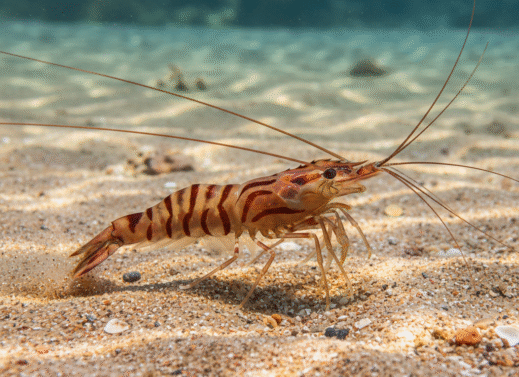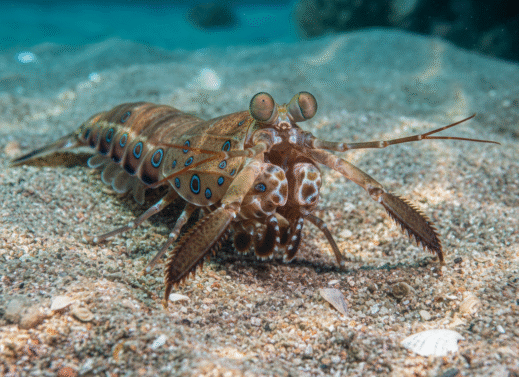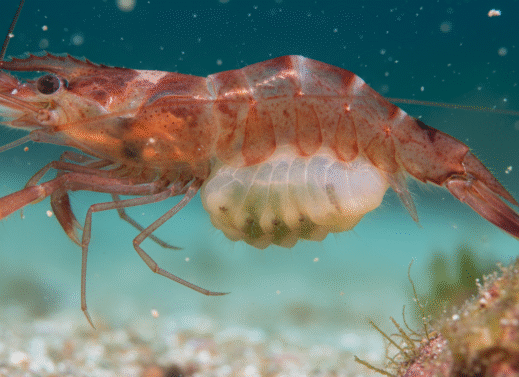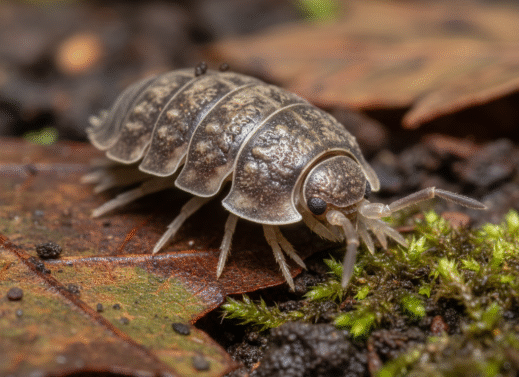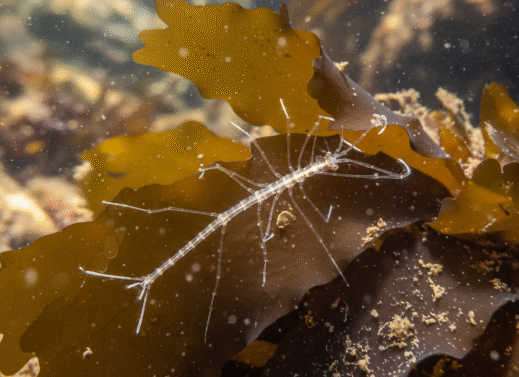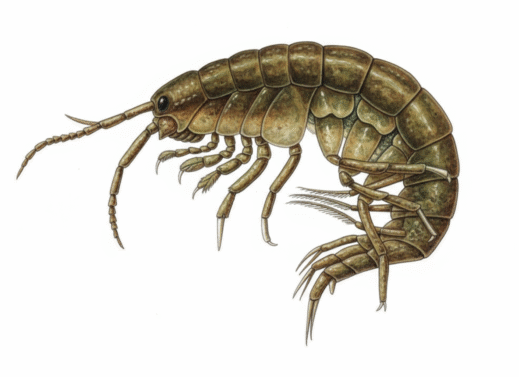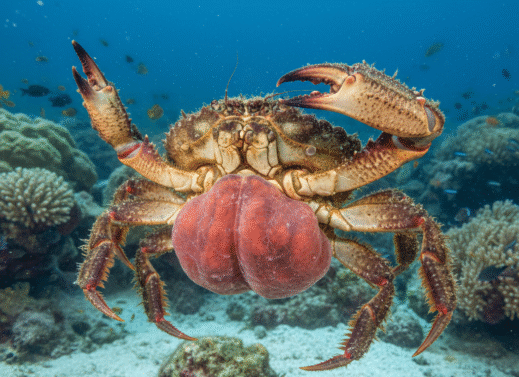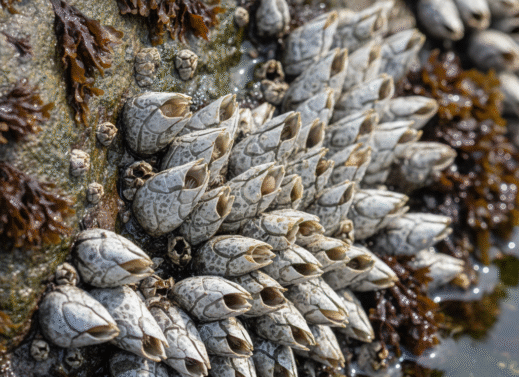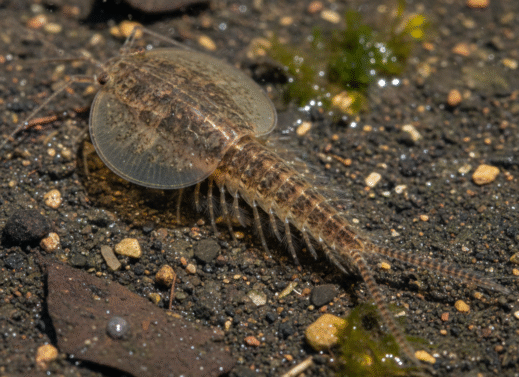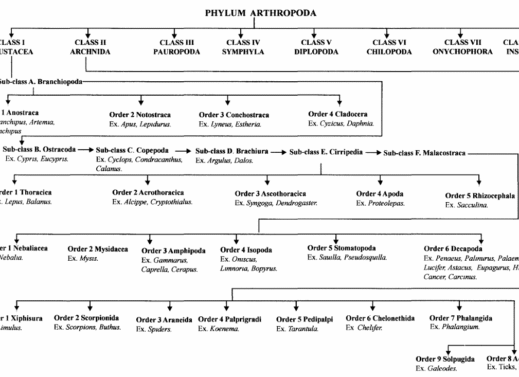Penaeus (Prawn)
Penaeus: Morphology, Classification, Habitat, and Economic Importance of Penaeid Shrimps Penaeus is a genus of large prawns within the family Penaeidae, well known for species such as the giant tiger prawn (Penaeus monodon), which is among the most important farmed crustacean species worldwide. Penaeid shrimps are commercially vital in fisheries…

